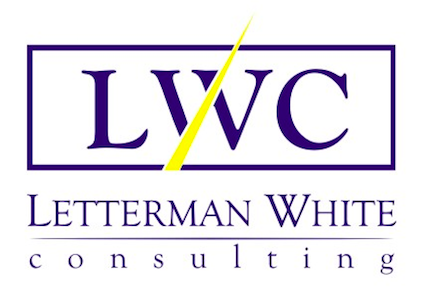By Susan Letterman White
One of the milestones along the journey to a successful and profitable law firm is reaching the point where you need to hire employees. The need often arises quickly when the warning bell of too much work and too little time rings loudly. The biggest mistake is hiring the first person with a reasonable resume. The better course of action is to consider the processes of recruiting and hiring in the context of your business strategy. Talent strategies are used to attract and select the right people. Even if you are an organization of one person, you need a plan to recruit, hire, develop, and retain the right people.
Here are the four steps to developing such a plan.
Step One: Identify your business strategy and then distill it into specific tasks.
Every law firm business strategy can be broken into three parts: (1) The collection of tasks to get requests for the legal services you are offering; (2) Doing the legal work; and (3) Collecting revenue for your legal services. There are myriad tasks associated with each of these parts, including creating the conditions to make it possible to focus on these three core parts of the business. All of these tasks require people with the right competencies to complete them.
What’s your business strategy? Specifically, what are the tasks that you need to be completed for your strategy to be effectively implemented? The answer to this question depends on what you can do and want to do and what you cannot do and would prefer to have someone else do. For example, perhaps you love the marketing aspect of your business in addition to doing the legal work. If that’s the case, then you may need only help with your legal work and the day-to-day firm management work.
An easy way to think about this is to go back to your list of start-up costs or your annual budget and for each item, ask the question: What management, core work, or marketing tasks are associated with this item? Then, make a list of every task, the necessary capabilities to complete the task, the frequency of occurrence, and importance of the task to your business strategy.
Step Two: SWOT Yourself and Your Environment
SWOT is an acronym. A SWOT analysis is the collection and analysis of data concerning the Strengths and Weaknesses of you and your firm and the Opportunities and Threats in the external environment (everything else) in terms of capabilities to complete the specific tasks you have identified. Determine who is available to do which tasks. This means listing the people in your firm and their capabilities. Then take inventory of what you are missing. Make sure to ask yourself what you will do and what you want someone else to do? Consider the tasks that you enjoy and those you would prefer to delegate. Consider how the competencies related to the tasks you will delegate must be demonstrated and measured?
Step Three: Create your recruitment and candidate evaluation plan.
The way to attract the right candidates and evaluate the candidates you attract is by describing the tasks and competencies you are seeking in a job description. Be clear and specific with your description. You will use the same criteria to evaluate candidates, whose resumes you scan and those you interview. Next, consider your budget and decide what you can afford to pay to attract the right person. Then, start recruiting and evaluating.
Step Four: Check your management skills.
Expect to delegate. First, know your specific performance expectations. What will you be looking for when you informally and formally evaluate your new hire? Then, share those performance expectations. Many lawyers assume that anyone they decide to hire will know what is expected of them. They may not. If you expect a certain style of writing, provide samples. If you want delivery of a project by a certain time and date, convey that. If you want to see the level of progress before the final product, provide a check-in date and time.
Delegating with specificity, directing others, delivering feedback, and explaining to your new hire how their contributions fit into the bigger picture are all important skills. Where do you need to improve your skills? How will you do that? Frequently, the need to direct and develop employees is higher than most lawyers expect.
Expect to develop your employees. The best people present with the right technical and core leadership, communication, and strategy competencies and the opportunity to develop good competencies into great ones and to develop new competencies. You can offer mentoring, solid positive and constructive feedback, stretch assignments, and formal training. Don’t lose a good person because they could be better with developmental opportunities. Instead provide those opportunities.
Now that you know the four steps to getting the right people in the door and deploying them to help you out, you are ready to begin!


